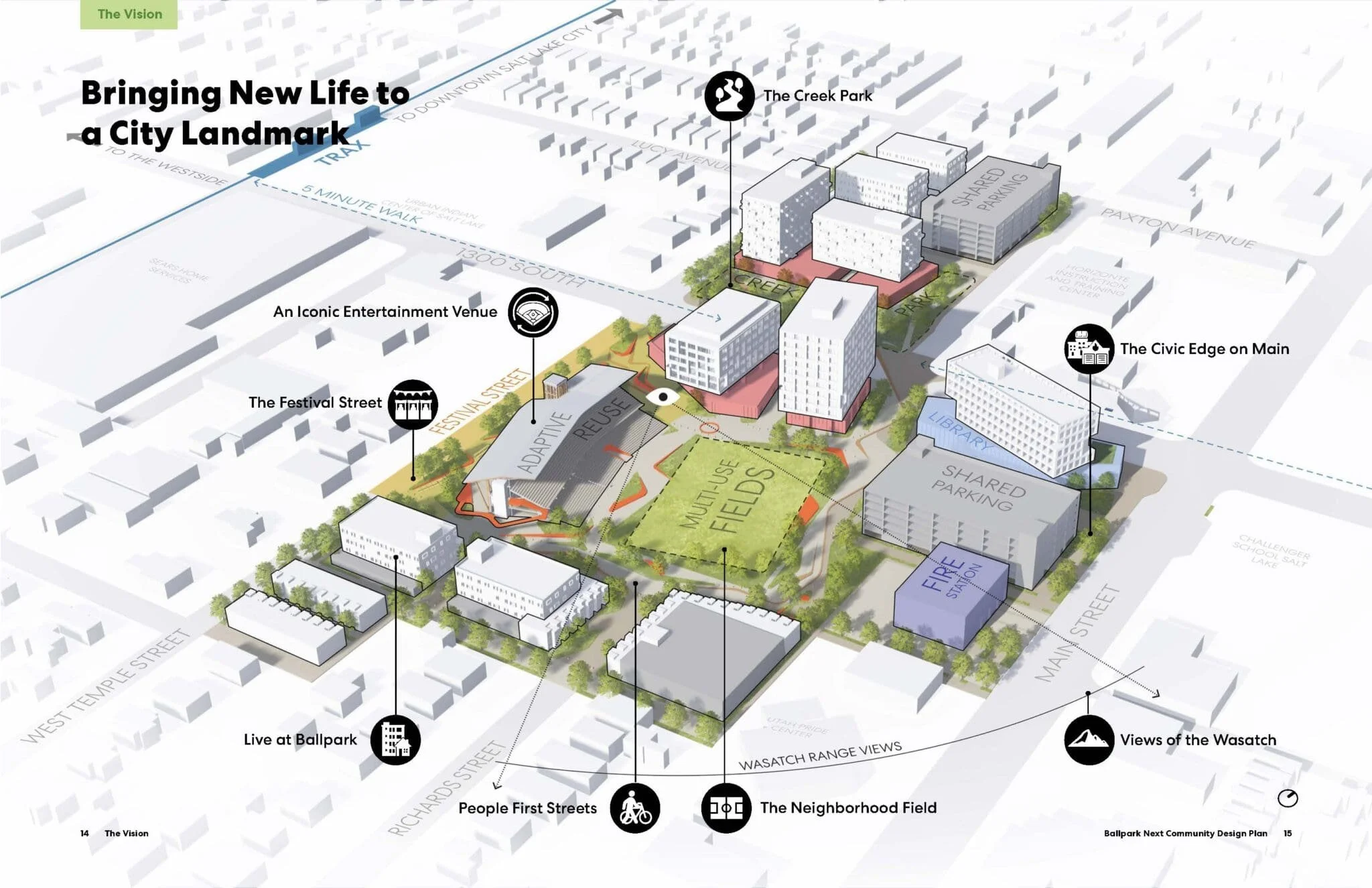Why wood?
Authored by Salt Lake County Watershed Planning & Restoration
Source: Salt Lake County
This excerpt outlines the restoration of the Jordan River through Murray and Taylorsville. Trees are used to stabilize stream banks and provide valuable in-river fish habitat.
Large dead trees buried deep in the streambank protect against erosion.
Construction wrapped up this November on the third and largest phase of the Murray/Taylorsville Restoration project, located on the west bank of the Jordan River at 5200 South. This is Salt Lake County Watershed’s most recent stream restoration project. As with the first two phases, the goals for Phase 3 included:
Stabilize an unstable, eroding bank while building a floodplain.
Create a riparian area that will support native trees and plants.
Increase resilient habitats for fish, and local and migrating birds.
Toe-wood structures were used to stabilize 750 feet of eroding bank. Soil wrapped in coir fabric forms the new floodplain, which ranges from 20 to 60 feet deep. Altogether over 6,500 native trees and shrubs were planted in this reconstructed riparian area, and the upland was seeded with native grasses and wildflowers. TreeUtah pitched in to help plant 2,975 willows and 25 cottonwoods during two volunteer days.
Installed with one end extending out into the river, the structures catch the current to reduce its erosive force. This protects the bank and while providing healthier fish habitats. The newly built floodplain will be able to accommodate higher river flows, allowing floodwaters to slow down and deposit their beneficial sediments. And the added foliage will provide “roughness” that also helps to dissipate the energy of floodwaters.
Maintenance and monitoring will continue over the next several years, including chemical and mechanical removal of invasive plants. Once established, the native plants will be better able to hold their own against invasive plant species.




